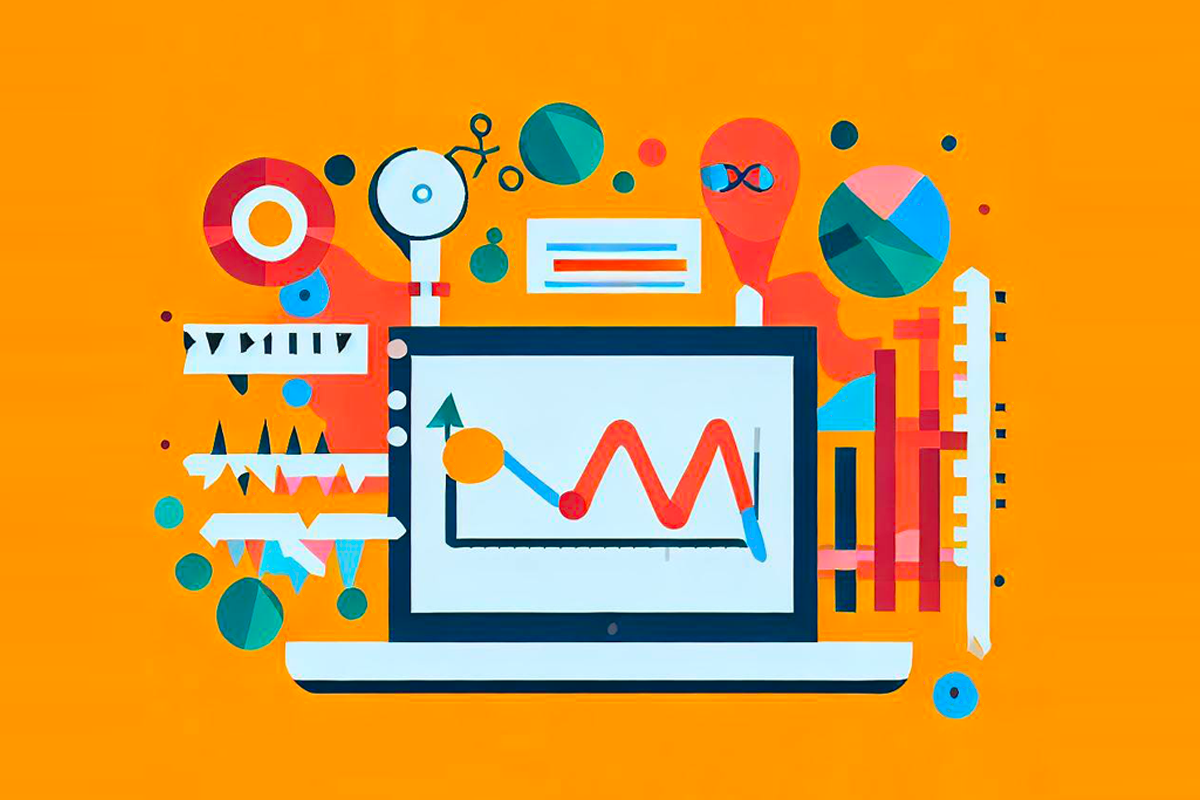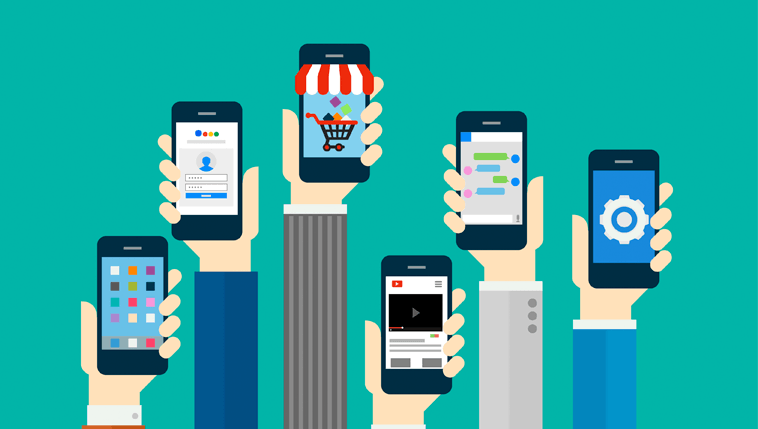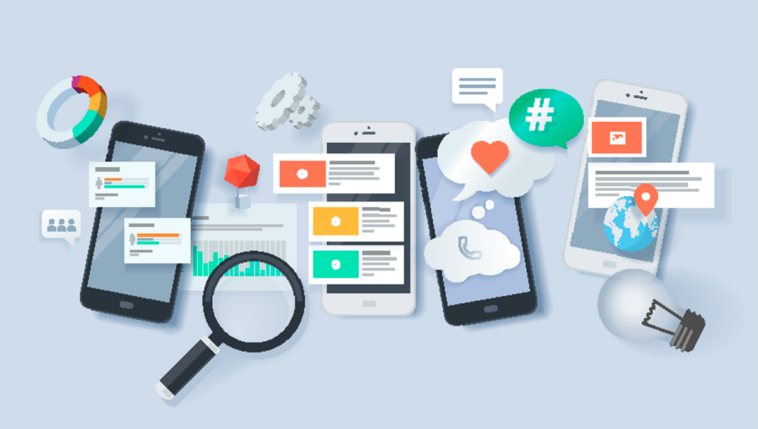
As consumers, we don’t necessarily think about the fact that products, brands, or services have a lifespan.
Instead, we might notice a rise in popularity around certain products, which are replaced from time to time as their popularity fades.
As consumers, we aim to invest in the products we are recommended and those we find useful, but we may not think too much about what actually happens when one product is replaced by another.
This process of product replacement can be understood using the PLC curve.
Product life cycle – what is it?
When discussing a product’s lifespan, the term “Product Life Cycle” is often used. It illustrates a product’s life as a curve – hence the name, PLC curve.
According to the theory behind the Product Life Cycle, there are four distinct phases every product goes through during its life cycle.
The curve provides insight into the sales development of a product in relation to the time it has been on the market.
The phases of the PLC curve
The PLC curve is divided into four different phases:
- Introduction
- Growth
- Maturity
- Decline
The length of time a product stays in each of these four phases varies depending on the market, as well as the product’s quality and utility.
For each of the four phases, there are also general trends within the customer groups that invest in the product.
Below, I have summarized the phases and the characteristics of the target audience in broad strokes.
Introduction
The introduction phase for a product typically involves a lot of costs.
This applies to marketing, analyzing consumers’ reception of the launch, as well as continuous development of the product, use of distribution channels, and future marketing efforts.
In other words, the curve will not indicate high sales, as launching new products can be a costly affair that requires significant attention from the company if the product is to move from the introduction phase to the growth phase.
Growth
The product has been launched, distribution channels are consolidated, and interest begins to rise – we are now in the growth phase.
Here, competition between similar products increases, and resources from the growing sales can be invested in marketing initiatives, advertising campaigns, etc.
In the growth phase, it becomes clearer to the company who the target audience is, allowing for better investment in marketing in the right places.
Maturity
The product has experienced massive growth and has now secured a solid place in the market. We now move into what is known as the maturity phase of the product.
Here, sales typically stabilize due to the intense competition that arose during the growth phase.
For this reason, companies often focus on differentiating and developing their products from competitors to maintain their top-of-mind position among existing and new target groups.
Decline
Over time, trends tend to shift, and consumer preferences change.
New competitors enter the market, offering new and innovative solutions that gradually replace the “old” products.
For this reason, we see lower demand in the decline phase, and sales will decrease accordingly.
Unless the company can continue to create a need for the product, it will eventually phase out of the market.
Why use the PLC curve?
Why is the PLC curve relevant for marketing a product?
As mentioned, the model provides an overview of a product’s lifecycle and insight into how the product performs relative to competitors and current societal needs and trends.
With this insight, strategic planning of which marketing efforts are most relevant for a product depending on its lifespan becomes easier.
It’s important to note, however, that like many other marketing models, they work best in combination with each other.
The same goes for the PLC curve; this model, together with a SWOT analysis of the company at different stages, can offer insights into internal strengths and weaknesses as well as external threats and opportunities.
Additionally, there is a clear opportunity to apply segmentation criteria to identify the most relevant target audiences for each phase of the product’s lifecycle.












Comments